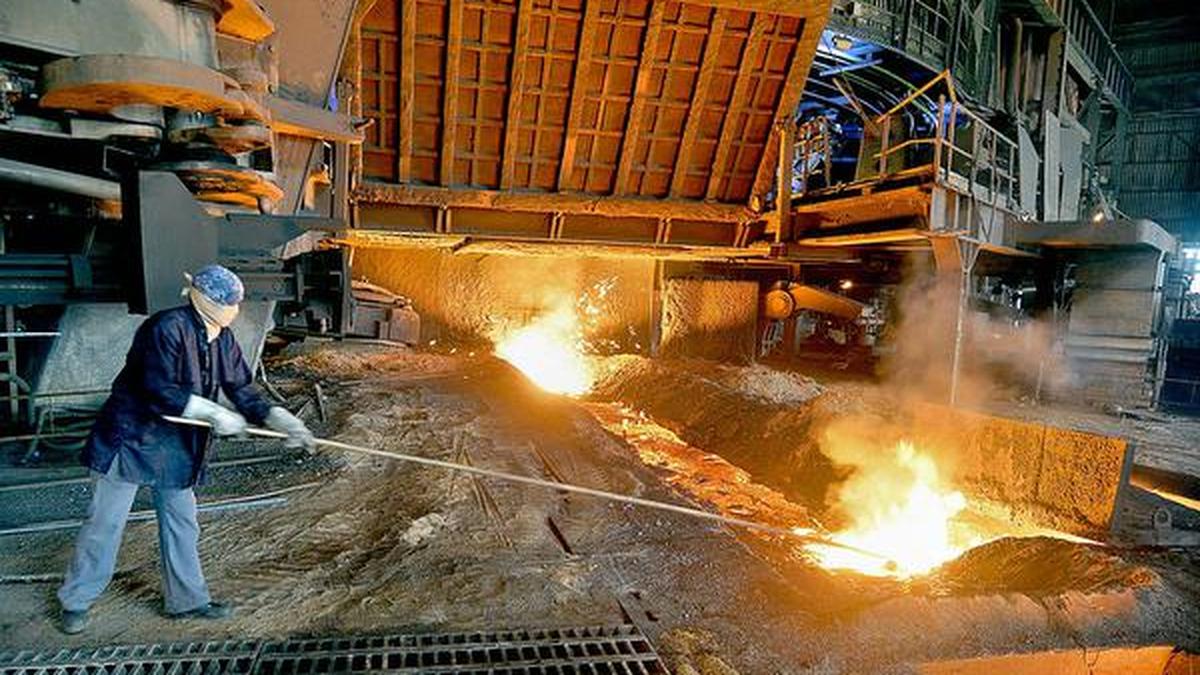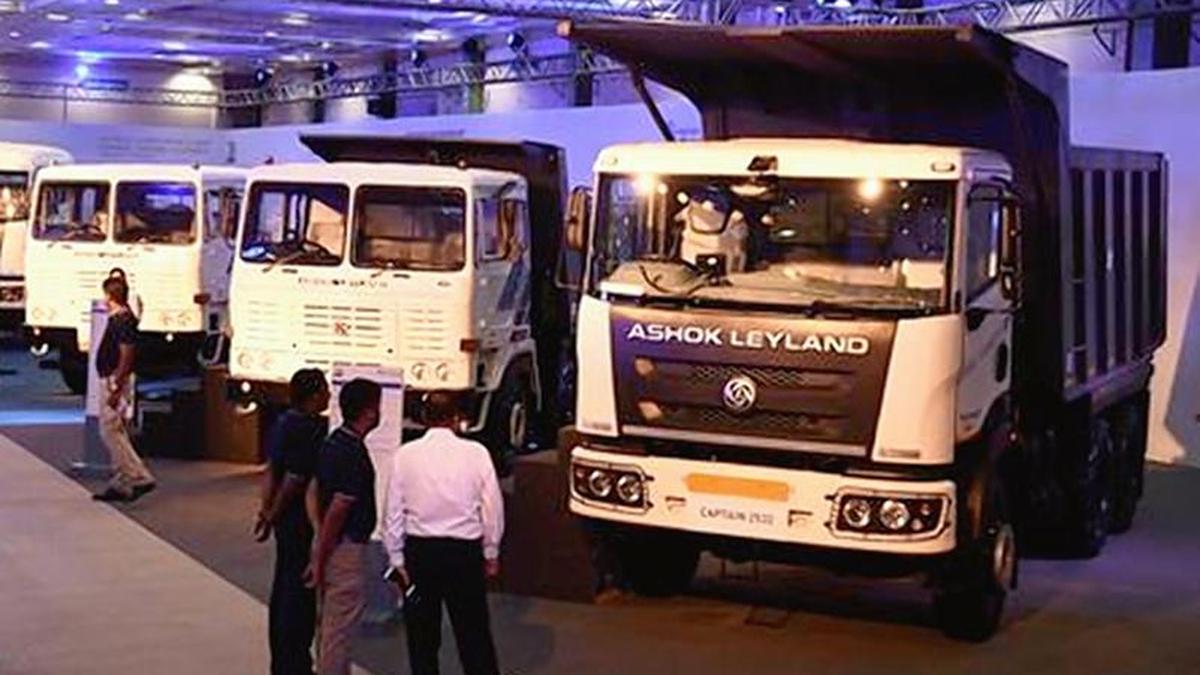Caesium and rubidium would be subject to a royalty rate of 2% on the average sale price based on the specific metal contained in the ore produced.
| Photo Credit: The Hindu
Seeking to reduce import dependency and vulnerabilities in the supply chain of critical minerals, the Union Cabinet Wednesday (November 13, 2025), approved the rationalisation of royalty rates of graphite, caesium, rubidium and zirconium.
With the rationalisation structure, graphite, wherein royalty was previously sought on per tonne-basis (that is, a fixed amount for a specific weight of ore), would now be charged on an ad valorem basis. Graphite with less than 80% fixed carbon content would be subject to 4% royalty of the average sale price, whilst that with 80% or more carbon content would attract 2%.
Caesium and rubidium would be subject to a royalty rate of 2% on the average sale price based on the specific metal contained in the ore produced. A royalty rate of 1% would apply to Zirconium. Caesium is used in atomic clocks, GPS systems and medical instruments required in cancer therapy, among other uses. Rubidium is used in making speciality glass utilised in fibre optics, telecommunication systems and night vision devices, etc.
Zirconium is used as a cladding material for fuel cylinders in nuclear reactors and other industries, including aerospace and healthcare.
In a statement, the Cabinet held that the decision to rationalise would promote the auction of mineral blocks of caesium, rubidium and zirconium. Thus, also helping trace other associated minerals found within them as lithium, tungsten, rare-earths and niobium, etc. The sixth tranche of the auction for critical mineral blocks that commenced this September had five blocks of graphite, two blocks of rubidium and 1 block each of caesium and zirconium.
“Today’s approval of the Union Cabinet on the rate of royalty will help the bidders to rationally submit their financial bids in auction,” the cabinet statement emphasised.
The graphite push
At present, India impots 60% of its graphite requirements. It is a critical component in electric vehicle batteries as the anode material responsible for delivering high conductivity and charge capacity. It was the only mineral among other strategic and critical minerals whose royalty was levied on a per tonne basis. The ministry stated with the rationalisation “royalty accruals in different grades would proportionately the changes in the prices of the mineral”.
Published – November 13, 2025 03:12 am IST





